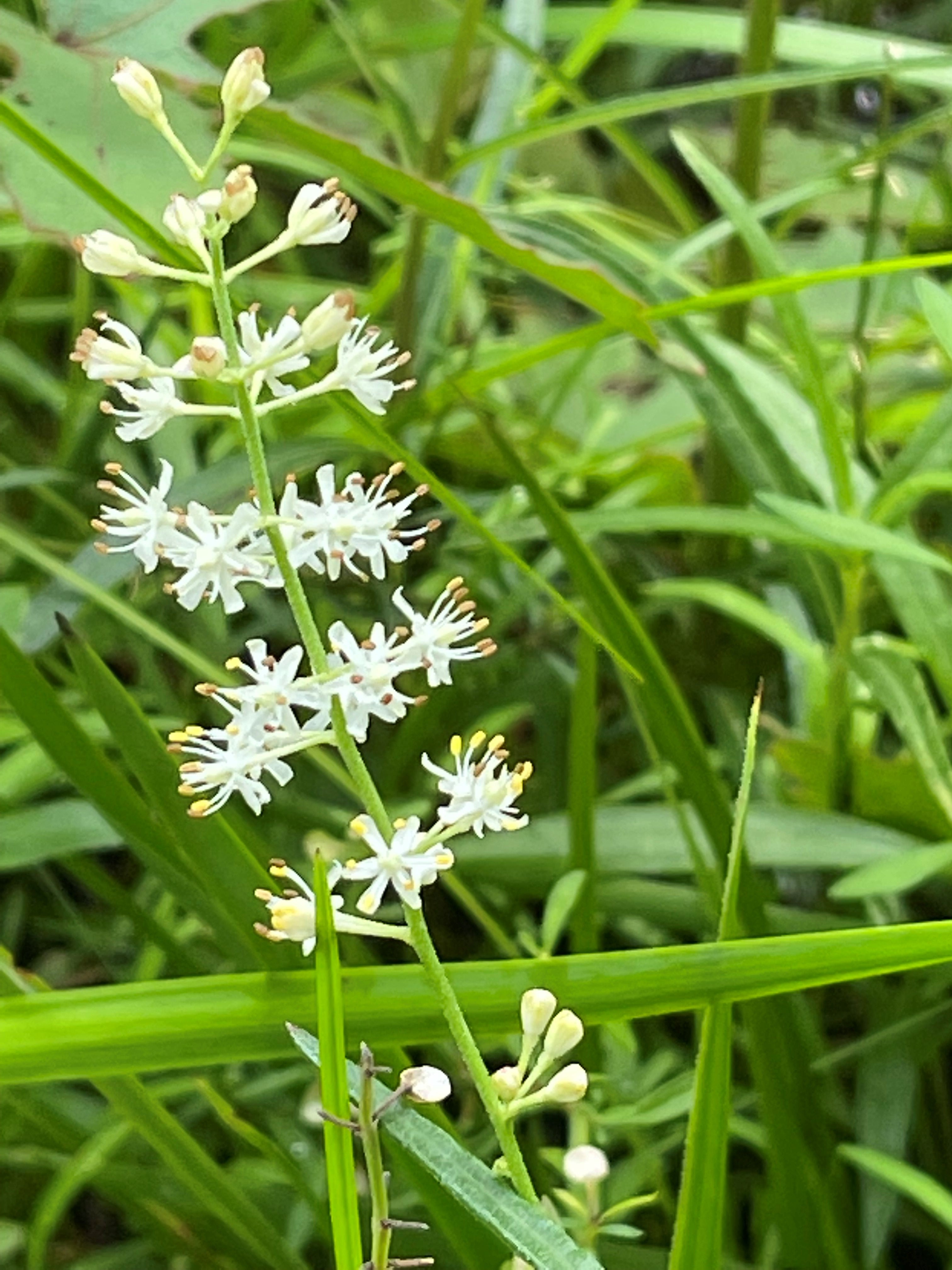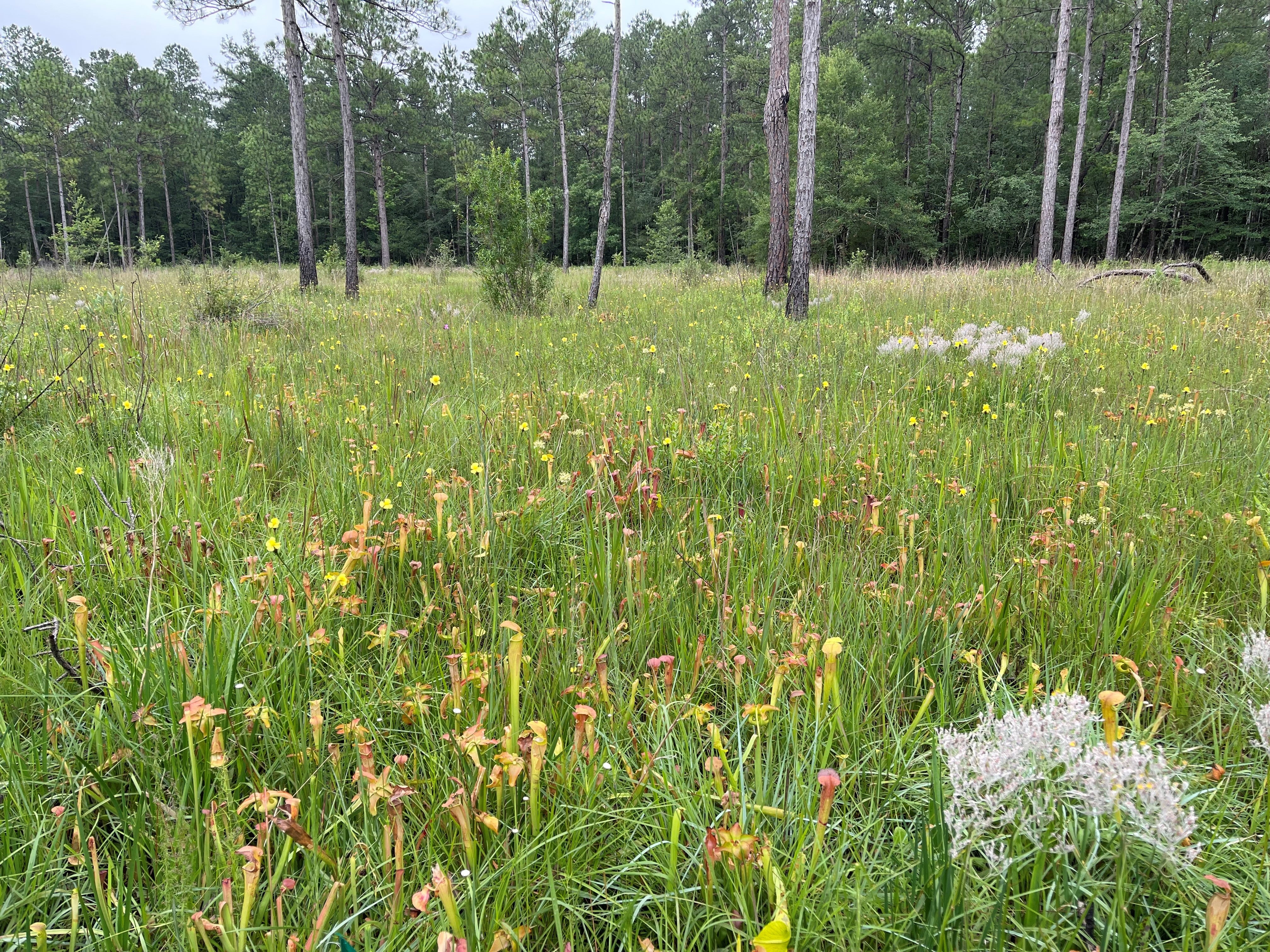What will you discover on your visit to the Crosby Arboretum?
Published 8:13 am Saturday, June 26, 2021
By Patricia Drackett
Director of the Crosby Arboretum and
assistant extension professor of landscape architecture with the Mississippi State University Extension Service.
Have you ever visited the Crosby Arboretum? When I start a conversation this way while I am out on errands, it’s not unusual to encounter someone who remembers coming out to visit when they were a child on a school field trip. Our archives contain many photos of school, church, and scout groups, garden clubs, native plant societies, college botany classes, and other many other groups who are obviously enjoying their day exploring the grounds.
However, many changes have taken place in the last few decades since we opened our public garden in 1986. In the old photos, the landscape in the background tends to be rather sparse. Now, over thirty years later, the grounds have matured, and pathways are much more shaded. Our forty-acre young woodland contains trees that are maturing, those commonly seen throughout Pearl River County such as red maple, sweetgum, sweetbay and southern magnolias, bald cypress, and black gum, below towering slash pines.
What will you discover on a visit to the Crosby Arboretum? Children delight to feed the many turtles in the Piney Woods Pond from the edge of the Pinecote Pavilion. If you enjoy wildflowers, one of our most diverse areas is the south pitcher plant bog, managed by prescribed fire in the winter months. Only a few months later, a bounty of Mississippi wildflowers erupt during in spring.
The south bog currently sports many hundreds of slender-stemmed yellow-eyed grass (Xyris), a stunning sight, held high above another matrix of thousands of tiny white ladies’ hatpins (Eriocaulon), also called pipeworts or bog buttons, a sea of white polka dots. Bog buttons will continue to develop over the next few months, joined by purple spikes of Liatris in late August and September, beacons to passing butterflies.
Several species of pink meadow beauty (Rhexia) stand out brightly among the grasses, along with a rapidly disappearing crop of yellow meadow beauty (Rhexia lutea), the last big act. Red root (Lachnanthes) and goldencrest (Lopheola) blooms now provide neutral-colored clusters of gray and beige tones among the colorful perennials.
The Arboretum’s walking trails total about three miles in all, “landscape journeys” traveling through three main habitat types: savanna, (grassland), woodland, and aquatic exhibits. Perched on the edge of the Piney Woods Pond you’ll find the Mississippi Landmark Pinecote Pavilion, a world-famous architectural structure designed by architect E. Fay Jones, a student of Frank Lloyd Wright, that draws visitors from around the nation to experience its simple beauty.
The Arboretum was not an exceptional piece of land to begin with, although it was known by the family of L.O. Crosby, Jr. to be one of his favorite properties. Mr. Crosby, a prominent forestry figure, civic leader, and philanthropist, held a deep compassion for nature. This land was a typical wet pine savanna, and formerly used for both timber production prior to Hurricane Camille, and in the Depression era, used for experimental agricultural as a strawberry farm after an earlier timber harvest.
Today, we are “steering the ship” of an exceptional public garden, dynamically growing and evolving since the Arboretum’s Master Plan first designated two-thirds of the 64-acre interpretive site in Picayune to be a forest exhibit, and the remaining third to be maintained perpetually as a savanna, or grassland, giving visitors an idea of what a slice of Mississippi landscape would have looked like hundreds of years ago, when fires began naturally from lighting strikes, part of our coastal land’s natural regime.
With the Arboretum’s forward-thinking ecological approach of matching native plant material to the environmental conditions they thrive in, the public garden provides visitors with an excellent example to observe and learn how to apply these principles for success in their own low-maintenance landscapes. We may also be considered simply a pleasant place to stroll or to bring out-of-state guests to, illustrating the beauty of south Mississippi, no matter what season.
When you check in at the Visitor Center, don’t miss our current gallery exhibit, paintings by artist Chatham Kemp, who will be leading a children’s art workshop in July. Sign up for the Plant Propagation Workshop with Dr. Eddie Smith, our Pearl River County Extension Agent, Friday, July 16, from 10:00 a.m. to Noon. This program includes a presentation on basic propagation methods, and hands-on activities will follow in the greenhouse.
Several teachers’ workshops will be held in July, with details to be posted soon. Mark your calendar for the “All About Hummingbirds” program with long-time hummingbird bander James Bell on Saturday, August 14 from 9:30 to 10:30 a.m. Reservations are required for most of our programs. Call 601-799-2311 to sign up and pay when you arrive. For more information see www.crosbyarboretum.msstate.edu<http://www.crosbyarboretum.msstate.edu>. The Crosby Arboretum is located in Picayune, I-59 Exit 4, at 370 Ridge Road.





